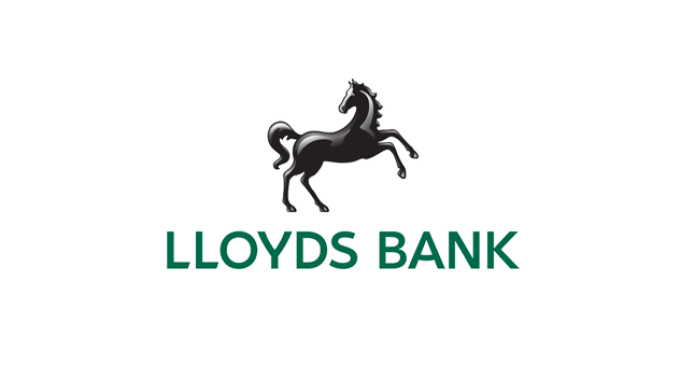UK food and drink manufacturing output falls as firms push through record price rises

According to the Lloyds Bank UK Sector Tracker, UK food and drink manufacturing output contracted for the first time in 10 months in May, as input cost inflation drove producers to raise prices at a record pace. The sector’s output index registered 47.5 in May – signalling its first fall since July 2021. A reading above 50 indicates expansion, while below 50 signals contraction.
May’s fall in production was driven by weaker demand and supply disruptions. Food and drink manufacturers saw a fall in new orders (49.2 in May vs 53.3 in April), with businesses attributing the slowdown to more cautious consumer spending and fewer customers stockpiling goods.
Firms also noted ongoing shortages of key ingredients and transport delays. Nearly a third (29%) of food and drink manufacturers reported worsening supply chain issues with the sector experiencing the most widespread delays in three months according to on the Tracker’s Suppliers’ Delivery Times Index (35.8 vs. 36.1 in April).
Persistent cost inflation leads firms to raise prices at record rates
Alongside weaker demand and supply disruption, food and drink manufacturers continued to grapple with persistent input cost inflation. While the sector’s rate of input price rises eased from April’s record high (96.8 in April vs. 87.7 in May), it continued to remain well above the long-run average of 60.5. Nearly four in every five (79%) food and drink manufacturers reported higher input costs.
Energy, fuel, raw material and salary costs were firms’ primary sources of inflationary pressures, with food and drink manufacturers particularly affected by escalating agricultural commodity prices – especially in wheat, oils and fertilisers – resulting from the war in Ukraine.
Faced with rising input costs, firms have worked to protect their margins by steeply raising prices charged to customers. In May, output price inflation in the food and drink manufacturing sector was the fastest of all 14 sectors monitored, posting its highest reading on the Output Prices Index in its 22-year history (81.9).
This reflects a broader trend shown in Tracker data that businesses have passed on costs to customers in order to ease margin pressures. In May, the gap between the sector’s Input Price and Output Price Indices was just 5.8 points – the narrowest of any of the 14 sectors monitored and its lowest for almost two years.
Annabel Finlay, Managing Director and Head of Food, Drink & Leisure, Lloyds Bank Commercial Banking, said: “This month’s contraction in output ends a nine-month streak of continuous expansion for the sector, with inflation seemingly starting to weigh on customer demand. Businesses continue to battle fierce input cost inflation and in response many have again raised prices in May – an understandable measure to mitigate downside financial risks.
“How this trend develops will depend on the intensity of input price pressures going forward, and business’ ability to absorb or pass on higher costs against the backdrop of a weakening consumer. As household and business budgets are squeezed by inflation, we may see increased competition from manufacturers for price and value – particularly when it comes to non-essential and luxury goods.”


































